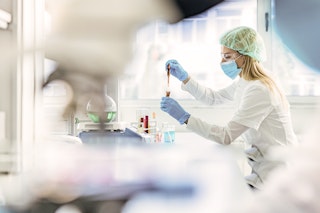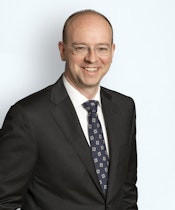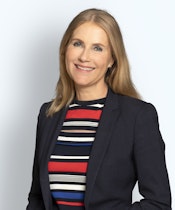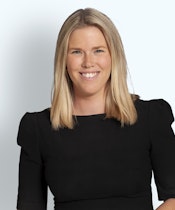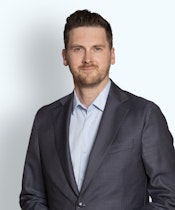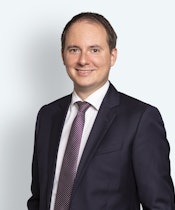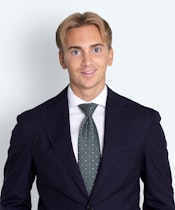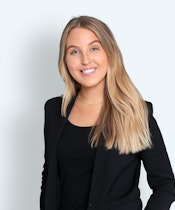The stakeholders in the life science sector range from large, well-established international companies to small niche firms. Despite the differences, these stakeholders often face the same fundamental commercial and legal challenges.
Research, development, production, sale, and distribution of medicinal products and medical devices for both humans and animals are of key importance in the life sciences sector. Norwegian authorities have defined four main objectives for the medicinal product policy: (i) to ensure high quality in medicinal product treatment, (ii) to achieve the lowest possible prices for medicinal products, (iii) to ensure equal and rapid access to effective medicines, and (iv) to facilitate research and innovation.
The life sciences sector is heavily regulated by the authorities. The Norwegian regulatory framework for medicinal products, medical devices, and foodstuffs is largely harmonised with EU regulations through the EEA Agreement.
In the pharmaceutical field, Directive 2001/83/EC has been implemented in Norwegian law through the Act on Medicinal Products (LOV-1992-12-04-132) and the Medicinal Products Regulation (FOR-2009-12-18-1839), which addresses, inter alia, the requirements and procedures for marketing authorisations, pharmacovigilance, and advertising of medicinal products.
Veterinary medicinal products
As for veterinary medicinal products, Regulation (EU) 2019/6 on veterinary medicinal products came into force in Norway on 16 September 2022. The regulation has been incorporated into Norwegian law through the Act on Medicinal Products and applies as Norwegian law. It governs various aspects of veterinary medicinal products, including the application process for marketing authorisation, manufacturing, distribution, marketing, and use of such medicinal products. Given that aquaculture is a significant industry in Norway, medicinal products for farmed fish represent an important category within veterinary medicinal products.
Two regulations
Furthermore, Norwegian legislation is harmonised with EU law concerning the requirements for the marketing and sale of medical devices. The regulatory framework for medical devices mainly consists of two regulations: Regulation (EU) 2017/745 on medical devices (MDR) and Regulation (EU) 2017/746 on in vitro diagnostic medical devices (IVDR), both of which have been implemented into Norwegian law. The regulations provide national authorities with some flexibility to establish national requirements and adapt the regulations to national conditions. The national requirements and adaptations are outlined in the Medical Devices Act (LOV-2020-05-07-37) and the Medical Devices Regulation (FOR-2021-05-09-1476).
The Norwegian Medical Products Agency (the "NOMA") supervises the manufacturing, testing, and marketing of medicinal products in Norway. The DMP carries out various tasks, including the evaluation of medicinal products for humans and animals with a focus on quality, safety, and efficacy. The NOMA also assesses applications for marketing authorisation for medicinal products in Norway and sets prices for prescription medicinal products for humans. Additionally, the NOMA serves as the expert and supervisory authority for medical devices. The NOMA is subordinated to the Ministry of Health and Care Services.
The Food Act
Other regulations within the life sciences sector are also based on EU law. One example is the Food Act (LOV-2003-12-19-124). The Food Act covers various areas and links in the production chain, such as foodstuffs (including dietary supplements), plants, feed, animal health, and materials in contact with food. The Act addresses important elements from Regulation (EC) 178/2002, known as Food Law, which is central to the EU's foodstuff legislation. Another example is the EU Cosmetics Products Regulation (Regulation (EC) No. 1223/2009), which has been implemented into Norwegian law through the Norwegian Cosmetics Regulation (FOR-2013-04-08-391).

Spotlight
Life Science – the framework for future health innovation
The life sciences industry is a critical driver of health innovation, balancing the challenges of research, development, and regulation. With significant investments and focus on enhancing treatment efficacy, the industry is shaping the future of healthcare. As new technologies and regulatory frameworks evolve, staying ahead of these trends is essential for navigating the opportunities and risks that will define tomorrow's breakthroughs.
Read more